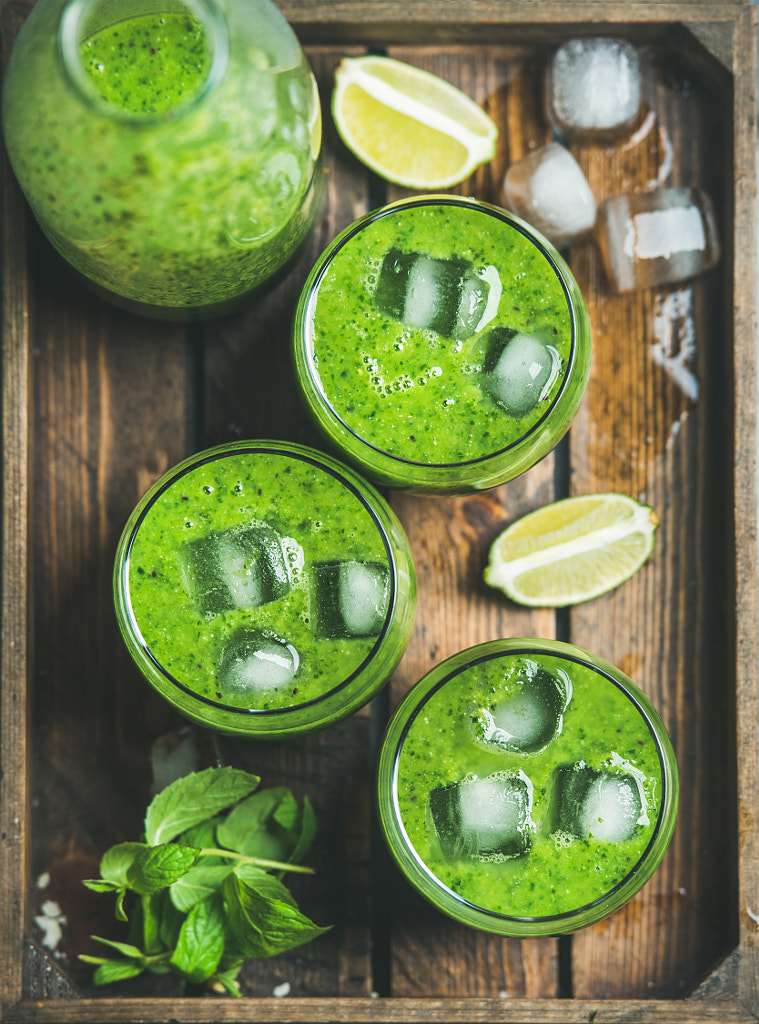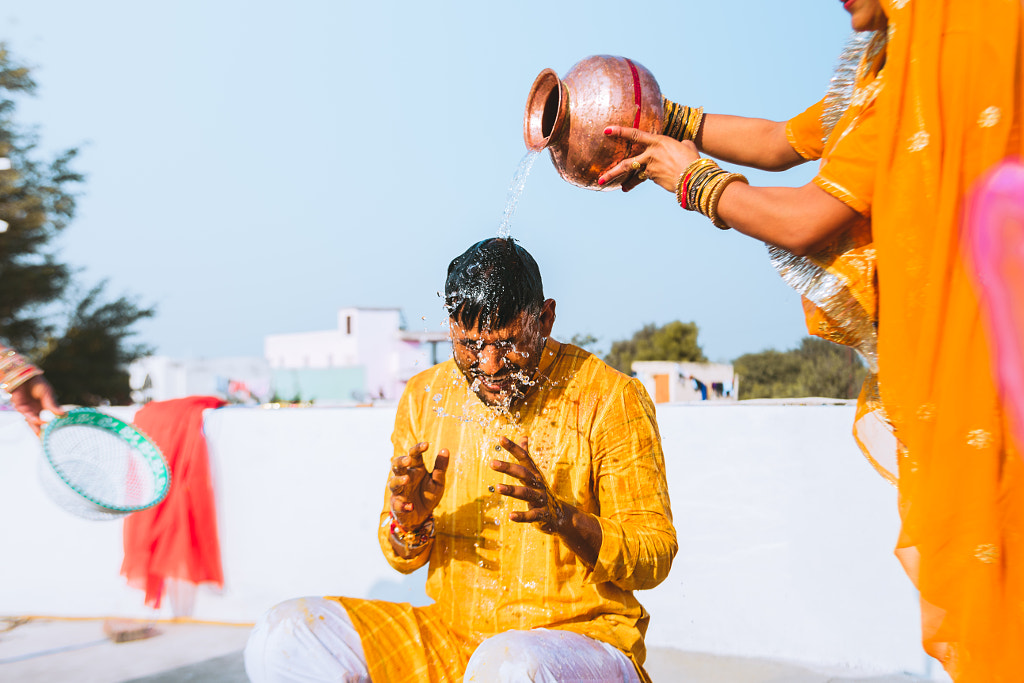Last year, The Body Shop UK released a new campaign titled Self Love Street, telling the story of three housemates overcoming self-doubt, the pain of rejection, criticism, and the pressure to be “perfect.” The brand was spurred to action, in part, by research indicating that almost one in two people feel more self-doubt than self-love—and survey findings suggesting that those with high levels of self-love tend to “bounce back” more quickly amid difficult times.
The pressures of the last two years, exacerbated by the pandemic, have encouraged many of us to reevaluate our relationships with ourselves. In 2020, 73% of Americans reported being more conscious of needing self-care, according to a survey by the wellness software company Vagaro and OnePoll. 67% said that the self-care routines they developed during the pandemic, including at-home spa rituals and outdoor exercise, had become a permanent part of their lives.
In turn, brands across industries have responded by launching initiatives to help us reach our self-care goals. As part of their Self Love Street campaign, for example, The Body Shop also shared tips for practicing self-love, including reconnecting with nature, taking a digital detox, setting boundaries, and checking in with friends. As companies take strides to open these critical conversations, we’ve seen an increase in demand for photographs that illustrate our personal wellness routines and health journeys.
Here are five topics worth exploring in your Licensing portfolio.
Spotlight on: Mental health
In the spring of 2020, a survey from McCann Worldgroup revealed that more than half (51%) of respondents said it was more important for a brand to understand their frustrations than it was for brands to give them dreams. While advertising can be aspirational, today’s advertisers also understand the significance of meeting us where we are and staying true to our experiences, from our joys to our struggles.
Our mental health journeys are personal, so there’s no one-size-fits-all solution when it comes to illustrating them. To start, tell stories from your community. “Consider how human connection and community can be captured,” the 500px team advises. “Also, consider how stereotypes surrounding mental health can be broken, whether it’s illustrating therapy, therapy dogs, meditation, or support groups.”
For inspiration, we can look to Nivea Men’s campaign encouraging men to open up about their mental health and demonstrating the strength in togetherness, made in collaboration with the soccer team Liverpool FC. Consider, too, Maybelline’s Brave Together program, which aims to destigmatize the conversation around anxiety and depression. Or check out Pause is Power by Powerade, showing athletes taking time for themselves, from impromptu dance parties to knitting groups. The legendary Simone Biles, who’s been outspoken about the importance of mental health, can be seen in the ad getting a manicure.
Spotlight on: Feel-good foods
“Food services such as meal kits delivered to your door are allowing people to customize their health and feel more empowered in the kitchen,” the 500px team says. Consider, for example, Blue Apron’s Wellness 360 campaign, which put a spotlight on healthy ingredients like fresh produce and whole grains and recentered conversations around holistic health.
From vegan diets to climate-friendly foods like mushrooms, algae, chickpeas, and more, today’s consumers are also passionate about eating for the planet, not just ourselves. In the last few years, customer searches on Getty Images for terms like “veganism,” “healthy eating,” and “plant-based” have all risen, indicating a demand for pictures that champion sustainable choices.
Spotlight on: Everyday fitness
Last year, research from Getty Images revealed that 81% of people worldwide said they wanted to build everyday wellness and fitness routines, with customer searches for the terms “sports coaching,” “outdoor fitness,” and “family outdoors” rising by 76%, 140%, and 60%. As we emerge from the pandemic, we bring with us a new perspective on fitness, from live-streamed workout classes to DIY at-home setups, and we’re seeing that shift represented visually.
When it comes to visualizing fitness and physical activity, start with your models’ routines, and feel free to think outside the box. Shoots can take place in the studio, at home, or outside. In 2020, as we navigated the pandemic, treadmill sales rose by 135% and stationary bikes almost tripled. At the same time, people flocked to national parks to spend time camping and hiking, leading to a boost in sales of kayaks, outwear, and bikes.
Spotlight on: Technology
In 2020, fitness-tech apps reportedly raised $2 billion from investors, with research from McKinsey indicating that spending on paid apps increased by about 10% during the pandemic. What’s more, one McKinsey survey found that among those who accessed fitness resources online, 70% planned to maintain or increase their use of these tools.
Then, early this year, the American College of Sports Medicine (ACSM) named “wearable fitness” as their top fitness trend for 2022, based on a survey of 4,500 health and fitness pros. For that reason, it’s worth considering fitness trackers, heart monitors, and smartwatches (or even VR headsets) for your commercial photoshoots; just remember to keep it generic and avoid any trademarked design details or branding.
Of course, telehealth is another idea to incorporate into your photography, from the perspective of the patient or provider. Consider virtual therapy sessions, check-ups, chronic care management, and the ways in which technology can foster relationships between doctors and their patients.
Spotlight on: Spirituality and meditation
“Religion and culture have long been ways to connect with others and ground yourself,” the 500ps team tells us. “Different forms of meditation, connecting with nature, and just enjoying moments of stillness are things people can incorporate into their routines for health and wellness benefits.” And more people have turned to meditation in recent years; a report from the Centers for Disease Control and Prevention, for instance, found that 14.2% of US adults had practiced meditation at least once in 2017, up significantly from just five years earlier, when that number was 4.1%.
When photographing something as personal as a meditation practice, it’s important to stay true to your models and follow their lead. Maybe they’re interested in energy healing and crystals or aromatherapy, or perhaps they tune in every day to their mindfulness app. Taking time for mindfulness and meditation looks different for everyone, so lean into what makes your models—and your community—unique.
Not on 500px yet? Click here to learn about Licensing with 500px.
The post How wellness and self-love are influencing commercial advertising appeared first on 500px.












